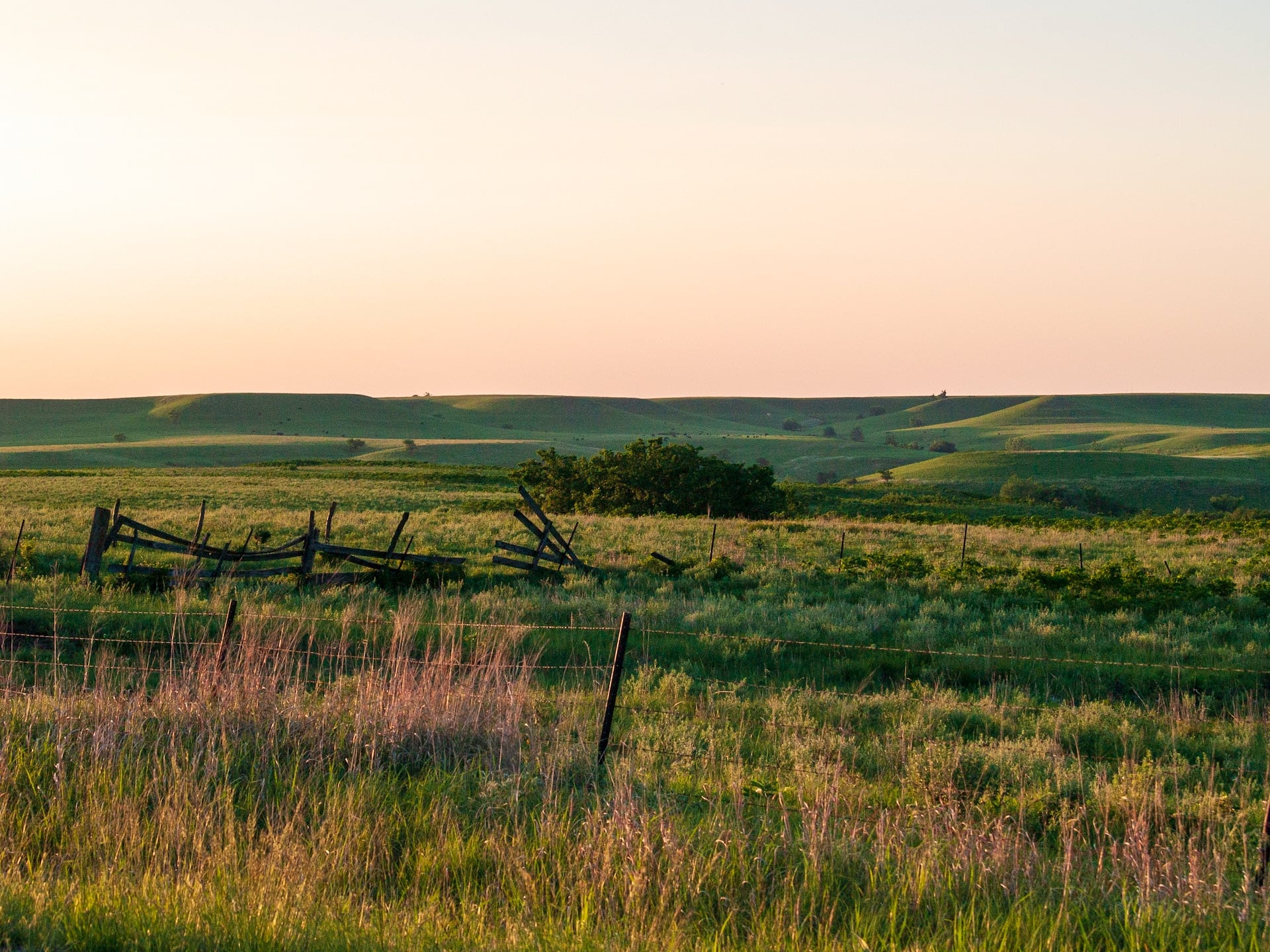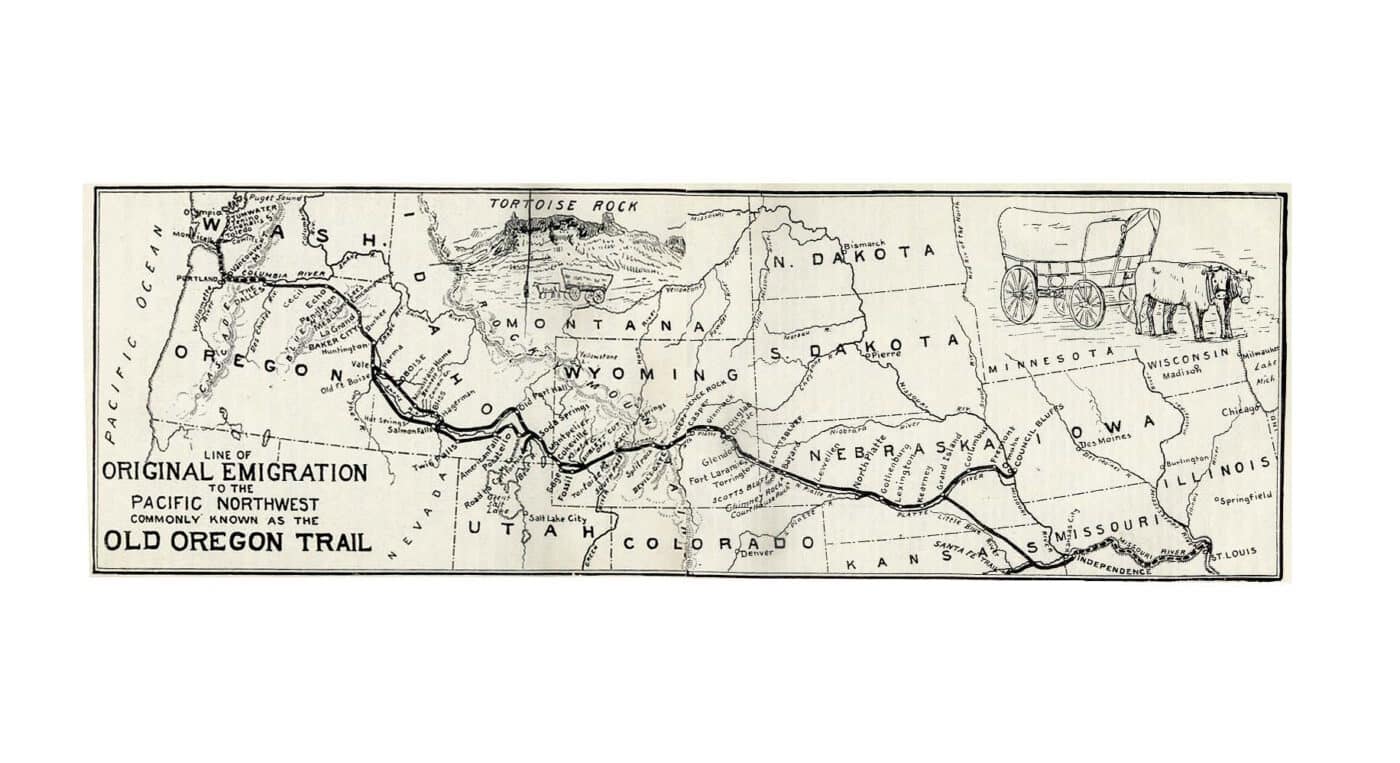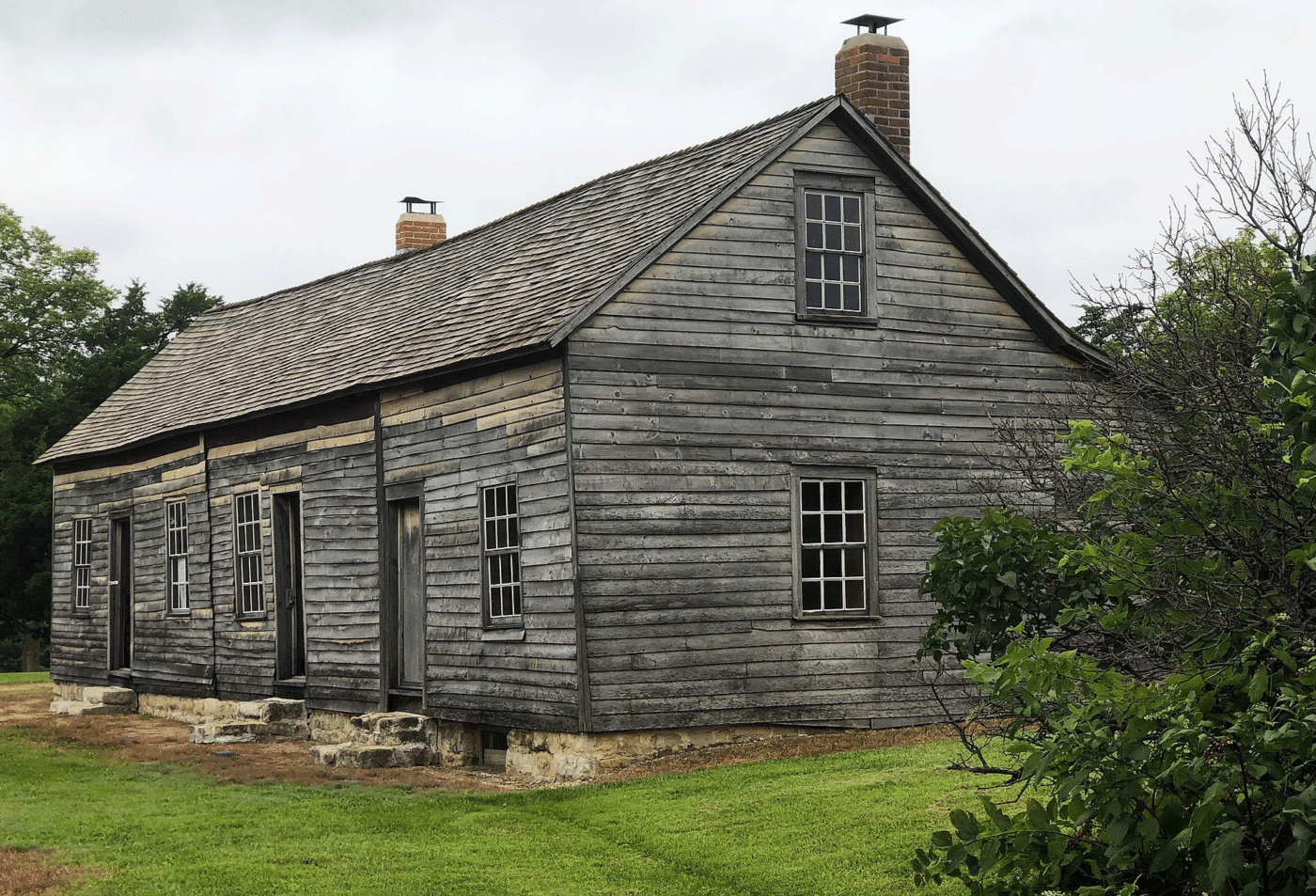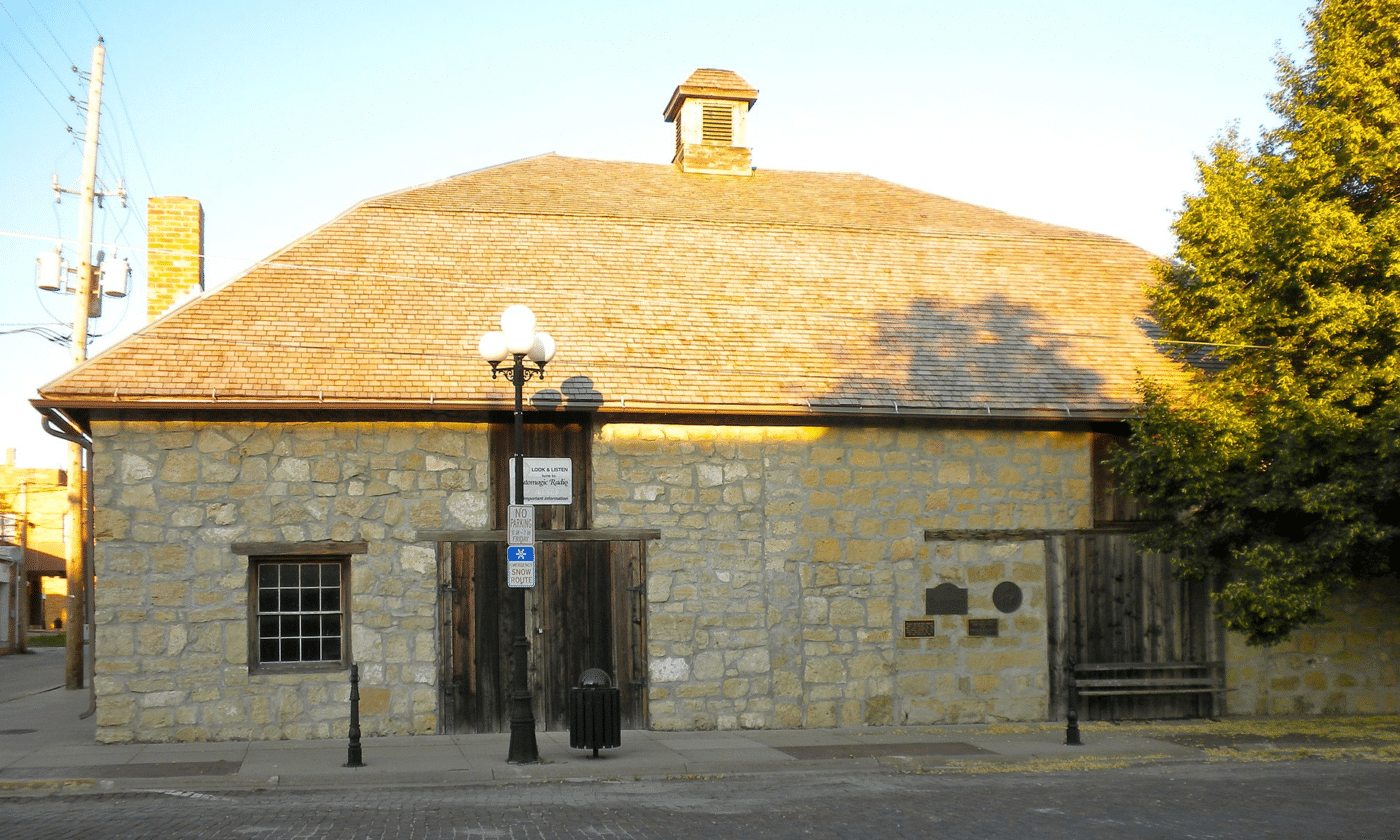- Kanye West is officially barred from entering Australia - July 3, 2025
- 10 Places Where LGBTQ+ Rights Have Improved Dramatically in the Last Decade - July 2, 2025
- 14 Nations With Vibrant Cultures Despite Economic Hardship - July 1, 2025
Often referred to as the Heartland of America, Kansas is a state that boasts a rich tapestry of history, culture and natural beauty. From the rolling prairies to the bustling cities, Kansas is a state with something for everyone. But perhaps one of the most overlooked aspects of Kansas is its impressive array of national parks. These parks, each unique in its own way, offer a glimpse into the past, a chance to connect with nature and an opportunity to learn about the diverse ecosystems and cultures that have shaped this state. Whether you’re a history buff, an outdoor enthusiast or a curious traveller, Kansas National Parks are sure to provide an unforgettable experience.

The Top National Parks in Kansas
Kansas is home to a variety of national parks, each offering a unique blend of history, culture,and natural beauty. Here are some of the top national parks you should consider visiting:
1. Brown v. Board of Education National Historic Park

Located in Topeka, this historic park commemorates the landmark Supreme Court decision that declared segregation in public schools unconstitutional. The park is housed in a former segregated elementary school, offering a wealth of exhibits, activities, and films that document this pivotal era in American history. A visit to this park provides a profound understanding of the Civil Rights Movement and its impact on the nation.
What’s Special: This national park is a significant landmark in the history of the US, marking the end of racial segregation in public schools. It offers a profound understanding of the Civil Rights Movement and its impact on the nation. The park is housed in a former segregated elementary school. It offers a wealth of exhibits, activities and films documenting this pivotal era in American history.
How to Get There: The park is located at 1515 SE Monroe Street in Topeka, Kansas. It’s easily accessible by car, and visitor parking is available on the east side of the site.
Opening Hours and Entrance Fee: The park is open year-round from 9 a.m. to 5 p.m., except on Thanksgiving, Christmas, and New Year’s Day. Admission is free.
2. California National Historic Trail

This trail traces the footsteps of over 250,000 emigrants who journeyed across 10 states in the mid-19th century in search of gold and rich farmlands in California. In Kansas, you can visit the Lower Crossing at the Blue Rapids and the Marshall County Visitors Center in Marysville, offering a glimpse into the past and the challenges faced by these pioneers.
What’s special: This trail offers a glimpse into the past: The challenges faced by more than 250,000 emigrants who crossed 10 states in the mid-19th century. They were looking for gold and rich farmland in California. It’s a journey through history, with more than 1,000 miles of ruts and tracks left by travellers and their overland wagons.
How to get there: The trail covers parts of 10 states, including Kansas. In Kansas, you can visit the Lower Crossing at Blue Rapids and the Marshall County Visitors Center in Marysville.
Hours and Admission: The trail is open year-round and there is no entrance fee. However, some sites along the trail may have their own opening hours and fees.
3. Lewis & Clark National Historic Trail

Another National Park trail in Kansas is the Lewis & Clark Trail. This trail commemorates the historic expedition of Meriwether Lewis and William Clark, who were tasked with exploring the newly acquired western territories following the Louisiana Purchase in 1803. The trail stretches across 16 states.
What’s special: This trail commemorates the historic expedition of Meriwether Lewis and William Clark to explore the newly acquired western territories following the Louisiana Purchase in 1803. The trail offers opportunities for hiking, boating and horseback riding, allowing visitors to follow in the footsteps of these legendary explorers.
How to get there: The trail spans 16 states, including Kansas. In Kansas, the trail follows the Missouri River, with several interpretive centres and historic sites along the way.
Hours and Admission: The trail is open year-round and there is no entrance fee. However, some sites along the trail may have their own opening hours and fees.
4. Oregon National Historic Trail

The Oregon Trail, stretching over 2,000 miles across six states. It was a major route for emigrants heading west in the 19th century. In Kansas, the trail cuts across the northeast part of the state, with notable stops including St. Mary’s Mission, the Indian Pay Station Historic Site, Scott Spring and Alcove Spring. The first trail follows the Santa Fe Trail into Kansas, south of the Wakarusa River.
What’s Special: The Oregon Trail was a major route for emigrants heading west in the 19th century. In Kansas, the trail cuts across the northeast part of the state, with some notable stops e.g. in St. Mary’s Mission, the Indian Pay Station Historic Site, Scott Spring and Alcove Spring.
How to Get There: The trail stretches over 2,000 miles across six states, including Kansas. In Kansas, the trail can be accessed at various points in the northeastern part of the state.
Opening Hours and Entrance Fee: The trail is open year-round, and there is no entrance fee. However, some sites along the trail may have their own operating hours and fees.
5. Pony Express National Historic Trail

This trail commemorates the short-lived but significant Pony Express mail service. It dramatically reduced the time it took for mail to travel from the East to the West Coast. In Kansas, you can visit the Hollenberg Pony Express Station, a former stop on the route, and the Marshville Pony Express Barn, a museum dedicated to the service.
What’s special: This trail commemorates the short-lived but significant Pony Express mail service, which dramatically reduced the time it took for mail to travel from the East to the West Coast. In Kansas, you can visit the Hollenberg Pony Express Station, a former stop on the route, and the Marshville Pony Express Barn, a museum dedicated to the service.

How to get there: The trail spans eight states, including Kansas. In Kansas, you can visit the Hollenberg Pony Express Station near Hanover and the Marshville Pony Express Barn near Marysville.
Hours and Admission: The trail is open year-round and there is no entrance fee. However, some sites along the trail may have their own opening hours and fees.
More National Parks in Kansas

Some other national sites in Kansas that you might want to consider visiting:
- Tallgrass Prairie National Preserve: This refuge protects a nationally significant remnant of the once vast tallgrass prairie ecosystem. Today, less than 4% of this ecosystem remains intact, mostly in the Kansas Flint Hills. The preserve offers a unique opportunity to explore this ecosystem.
- Fort Larned National Historic Site: This site preserves Fort Larned (established 1859) as a base for military operations against hostile Indians of the Central Plains.
- Fort Scott National Historic Site: This site protects a restored 1840s military fort that played a significant role in the westward expansion of the US, Bleeding Kansas and the Civil War.
- Nicodemus National Historic Site: This site preserves, protects and interprets the only remaining western town established by African Americans during the Reconstruction Period following the Civil War.
- Cimarron National Grassland: This is the largest area of public land in the state of Kansas. The grassland has many historical sites like the Santa Fe Trail and Point of Rocks.
- Santa Fe National Historic Trail: This trail commemorates the 19th-century trade route between Missouri and Santa Fe, New Mexico. The trail cuts across five states, including Kansas, and offers a glimpse into the history of commerce in the American West.
- Quivira National Wildlife Refuge: Located in Stafford County, this refuge provides habitat for migratory waterfowl in the Central Flyway. It’s a great place for birdwatching (over 300 species of birds recorded).
- Flint Hills National Wildlife Refuge: This refuge is located along the Neosho River in Coffey County. It provides habitat for migratory birds and other wildlife. It offers opportunities for wildlife observation, fishing, and hunting.
Each of these sites, while not designated as a national park, offers unique natural, cultural and historical experiences that are well worth exploring.
Why Visit the National Parks in Kansas?

Each national park in Kansas offers a unique experience. Whether it’s immersing yourself in the history of the civil rights movement at Brown v. Board of Education National Historic Park, retracing the steps of pioneers on the California National Historic Trail or exploring the natural beauty of the Lewis & Clark National Historic Trail. These parks offer a window into the past. They allow visitors to gain a deeper understanding of the history and culture that shaped the nation.
Reservations and Entrance Fees
While some parks may require reservations for certain activities or tours, generally, the national parks in Kansas are open to the public and do not require reservations for entry. However, it’s always a good idea to check the official National Park Service website for the most up-to-date information. Entrance fees vary by park, so it’s recommended to check the individual park’s website for details.
The Beauty of Kansas National Parks

Kansas may not be the first state that comes to mind when you think of national parks. But the beauty and diversity of its parks is truly remarkable. From the rolling prairies of Tallgrass Prairie National Preserve to the historic sites along the Oregon National Historic Trail, Kansas offers a wealth of natural and cultural treasures just waiting to be explored.
How Many National Parks Are There in Kansas?
Kansas is home to 10 National Park Service units worth exploring. These units are diverse and interesting, ranging from historic sites to natural wonders. Kansas is home to a diverse range of national parks, each offering a unique blend of natural beauty and historical significance.
The units of the National Park Service consist of five national parks. In addition to these five national parks, Kansas is also home to a number of other sites managed by the National Park Service, including national historic sites, national preserves and national historic trails.
What is Kansas known for?
Kansas, often referred to as the Sunflower State or the Wheat State. It is a place of rich heritage, natural beauty and vibrant culture. Known for its vast prairies, Kansas is a haven for outdoor enthusiasts and nature lovers. But there’s more to Kansas than meets the eye. This Midwestern state is a melting pot of history, culture and innovation, making it a must-visit destination for travellers.
- The Breadbasket of America: Kansas is known as the “Breadbasket of America“, a title earned through its significant contribution to the nation’s agricultural production. The state is a leading producer of wheat, sorghum and sunflowers. It paints a picture of golden fields under vast blue skies. This agricultural prowess is a testament to Kansas’ fertile lands and hardworking farmers.
- Historical significance: Kansas is steeped in history and played a pivotal role in the American Civil War. It was here that the battle over slavery was fought, leading to the state’s nickname ‘Bleeding Kansas’. The Brown v. Board of Education National Historic Site in Topeka is a testament to the state’s important role in the civil rights movement.
- Natural wonders: Kansas’ natural beauty is another aspect that sets it apart. From the rolling Flint Hills to the breathtaking Tallgrass Prairie National Preserve, Kansas’ landscapes offer a tranquil retreat. The state’s diverse wildlife, including bison and hundreds of species of birds, adds to its natural appeal.
- A hub of innovation: Kansas is also a hub of innovation, home to thriving industries such as aerospace and biotechnology. Wichita, known as the “Air Capital of the World“, is a testament to Kansas’ pioneering spirit in aviation.
Conclusion
In summary, Kansas’ national parks offer a unique blend of history, culture and natural beauty. From the historic sites that tell the story of the Civil Rights Movement and westward expansion, to the natural preserves that protect the state’s unique ecosystems, these parks offer a wealth of experiences for visitors.
Whether you’re planning a short visit or a longer trip, Kansas’ national parks are sure to leave you with lasting memories and a deeper appreciation for the Sunflower State’s natural and cultural treasures. So why wait? Start planning your Kansas national park adventure today!
Article: “National Parks in Kansas: A Journey into the Heartland”! Looking for more articles about the United States? Visit our section about the United States of America!
Or Looking for a comparison: The National Park in Oklahoma or some Parks in Montana?

Marco Kopinke is a seasoned author and digital content writer with a strong focus on travel, climate, and home design. With over a decade of experience crafting compelling articles and editorial features, Marco brings a unique blend of storytelling and subject-matter expertise to every project. His work is distinguished by a deep curiosity about the world, an eye for aesthetic detail, and a commitment to environmental awareness.
Whether exploring hidden travel destinations, analyzing climate trends, or curating design inspiration for modern living, Marco’s writing is informative, engaging, and always grounded in thorough research. His contributions have appeared on leading platforms, where his thoughtful narratives help audiences make informed choices and connect more deeply with the spaces and environments around them.
When not writing, Marco is often found photographing architecture, studying the impact of sustainable living, or planning his next journey off the beaten path.
For any feedback please message me at [email protected]
